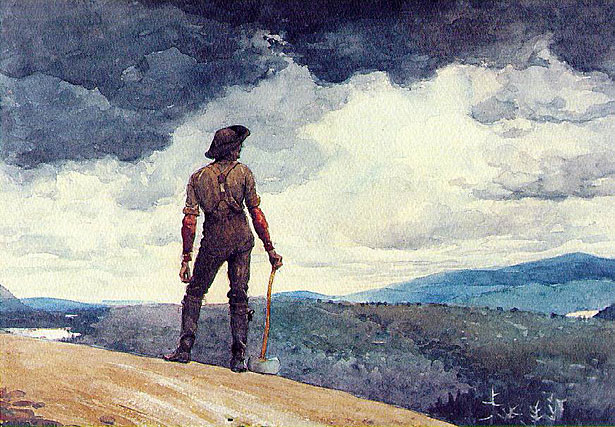Thomas Keenan, Fables of Responsibility: Aberrations and Predicaments in Ethics and Politics (Stanford, CA: Stanford University Press, 1997).
See →.
DICTIONARY OF WAR is a collaborative platform for creating 100 concepts on the issue of war, to be invented, arranged, and presented by scientists, artists, theorists, and activists at four public, two-day events in Frankfurt, Munich, Graz, and Berlin. The aim is to create key concepts that either play a significant role in current discussions of war, have so far been neglected, or have yet to be created. See →.
Thomas Keenan, “Mobilizing Shame,”South Atlantic Quarterly 103 (2004): 435–449.
Roland Barthes, “Myth Today," in Mythologies, trans. Annette Lavers (New York: Hill and Wang, 1972), 145–146.
Saskia Sassen, “A Message from the Global South,” The Guardian, September 12, 2001. See →.
This conversation took place on October 25, 2008 as part of Night School, an artist project by Anton Vidokle in the form of a temporary school. A yearlong program of monthly seminars and workshops, Night School draws upon a group of local and international artists, writers, and theorists to conceptualize and conduct the program.
